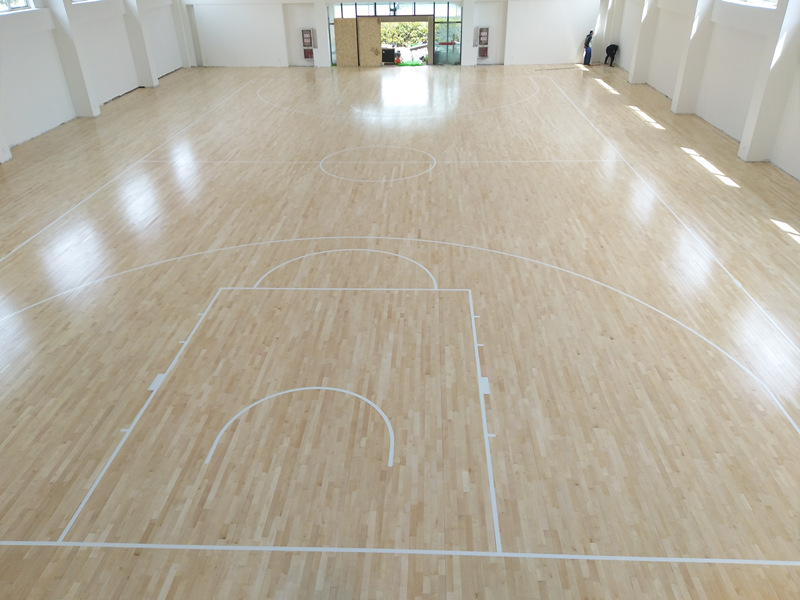Introduction
Subfloor systems are the unsung heroes of indoor basketball courts, providing stability, shock absorption, and moisture control. This article examines the different types of subfloor systems and their benefits.
Fixed Subfloors
Fixed subfloors are directly attached to the concrete slab. They offer a stable playing surface but lack shock absorption. Common in older courts, they’re being phased out in favor of more advanced systems.
Floating Subfloors
Floating subfloors sit on rubberized pads or springs, allowing them to move independently of the concrete slab. This design enhances shock absorption and reduces noise. They’re ideal for multi-purpose facilities.
Resilient Subfloors
Resilient subfloors combine a rigid base with a flexible top layer. They offer excellent shock absorption and energy return, making them popular in professional arenas.
Moisture Control
Subfloor systems also play a crucial role in moisture management. Vapor barriers and drainage systems prevent moisture from seeping into the wood, avoiding warping and mold.
Conclusion
The right subfloor system can transform a basketball court’s performance. Facilities should consider their specific needs, such as usage frequency and budget, when selecting a subfloor.

Leave a Reply